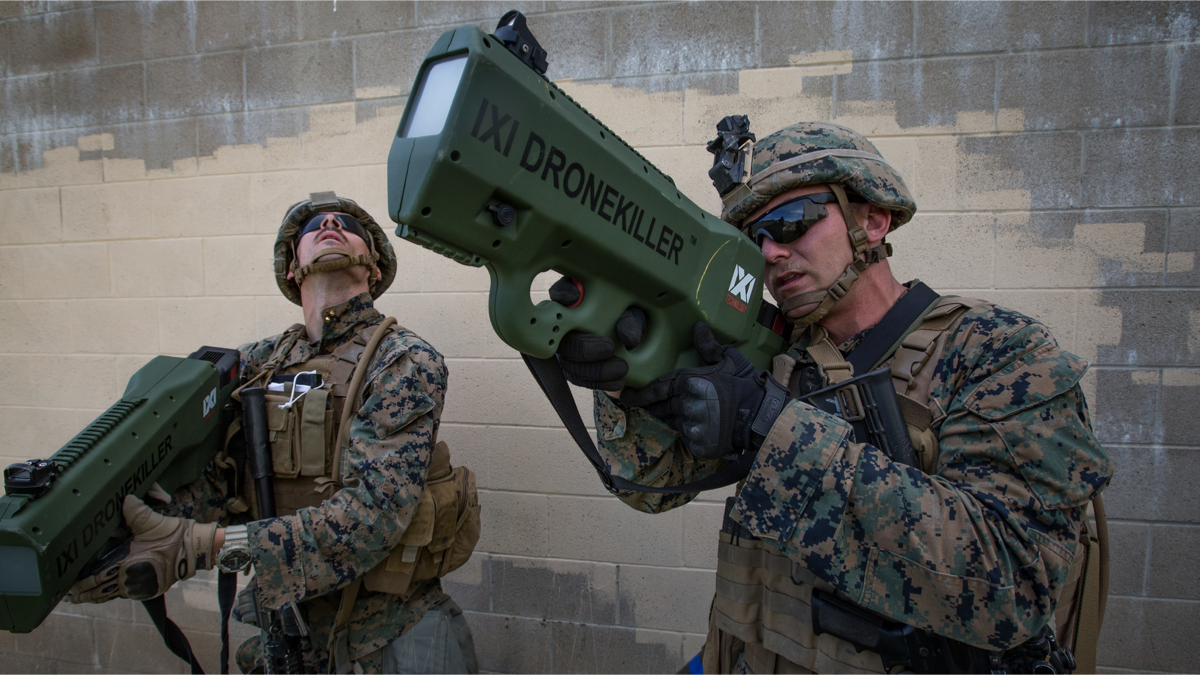WASHINGTON — Whether the U.S. Army may shift a half-billion dollars from its ailing network programs and chart a new course will be up for debate as lawmakers reconcile rival House and Senate defense policy bills this month.
But several key lawmakers said they are not ready to let the Army reboot from a $6 billion investment without explaining what’s next.
Army officials argue the service lacks the survivable, mobile and hardened tactical network it would need on a modern battlefield. They are asking Congress to end the Mid-Tier Networking Vehicular Radio, the Command Post of the Future and the Warfighter Information Network-Tactical (WIN-T) Increment 2 at the end of fiscal year 2018 to free up money budgeted for the three.
At a recent hearing, House lawmakers roasted Army officials for abruptly scrapping its acquisition strategy months after submitting its 2018 budget without a well-defined alternative. And although at least two key lawmakers said they were supportive — chairmen of the House and Senate armed services committees — they want more information.
“I support them being willing to examine themselves and reverse course if that’s what’s appropriate,” HASC Chairman Mac Thornberry, R-Texas, said of the Army on Oct. 5. “It’s going to be up to them to prove to us that now we are on a better path, that we have learned the lessons.”
Thornberry said Army officials spoke with him in September about making the change.
“They’ll have to lay out their plans to us, but if we can have a path forward in ’18, there’s no reason to wait until ’19.”
[US Army to halt WIN-T — its battlefield network backbone]
The House-passed 2018 National Defense Authorization Act calls for WIN-T to be accelerated, and the Senate-passed version zeroes out the president’s request for WIN-T funding. The White House has defended WIN-T and some other programs the Senate NDAA would cut.
SASC Chairman John McCain, R-Ariz., and Sen. Tom Cotton, R-Ark., grilled Gen. Mark Milley, the Army chief of staff, at a May hearing and accused the Army of wasting $6 billion on WIN-T. That stance actually aids Milley’s aim to reboot Army network plans.
On Sept. 9, McCain met with Milley on Capitol Hill and asked him how he proposes the WIN-T funding be redistributed.
“We told them to send us what they want to do with it, and we will examine it, but we had to act to cut it off,” McCain said of the meeting.
McCain said his support for the Army’s next move “depends on what they want to use it for. WIN-T has been a total failure.”
[White House supports US Army battlefield network in looming NDAA fight]
Proposed changes could be handled as an Army request to reprogram the 2018 funding or as part of the NDAA depending on the timing, McCain said.
The Army envisions scenarios in which it fights a near-peer enemy in contested environments that require small units, operating independently and moving constantly to avoid defeat.
Yet the first increment of WIN-T, while fielded, can only function — transmitting voice, video and data — when a unit is stopped. The WIN-T’s second increment is meant to provide an on-the-move capability, but it has struggled.
The latest annual report from the Pentagon’s office of developmental test and evaluation faults WIN-T’s technical performance, usability and vulnerability to enemy jamming.
At a hearing of the HASC Tactical Air and Land Forces Subcommittee on Sept. 28 to question Army officials over its new plans, Chairman Michael Turner, R-Ohio, expressed deep skepticism the Army would get it right this time.
[Senate zeros out funding for Army’s battlefield network]
In a subsequent interview with Defense News, Turner said the goal is to provide new troops technology at least as advanced as what they were had in high school, and not to be eclipsed by adversaries who “have modernized and put at risk our ability to operate.”
“The question is what are we going to do, not just what are we not going to do,” Turner said.
Turner pushed back at the idea WIN-T had been a failure, noting it had been delivered, tested and fielded.
“The issue is not that it’s not working; the issue is: What are our goals and objectives, what are our technology needs, and how do you achieve those?” Turner said, “And the Army’s going to need to have an answer at least in scoping and in implementation, while they explain the nearly $6 billion that’s already been spent.”
Joe Gould was the senior Pentagon reporter for Defense News, covering the intersection of national security policy, politics and the defense industry. He had previously served as Congress reporter.








